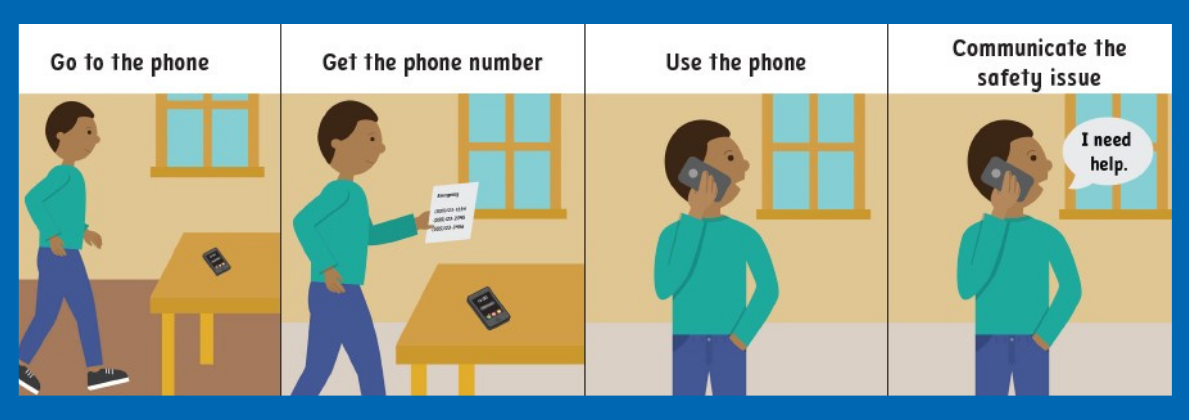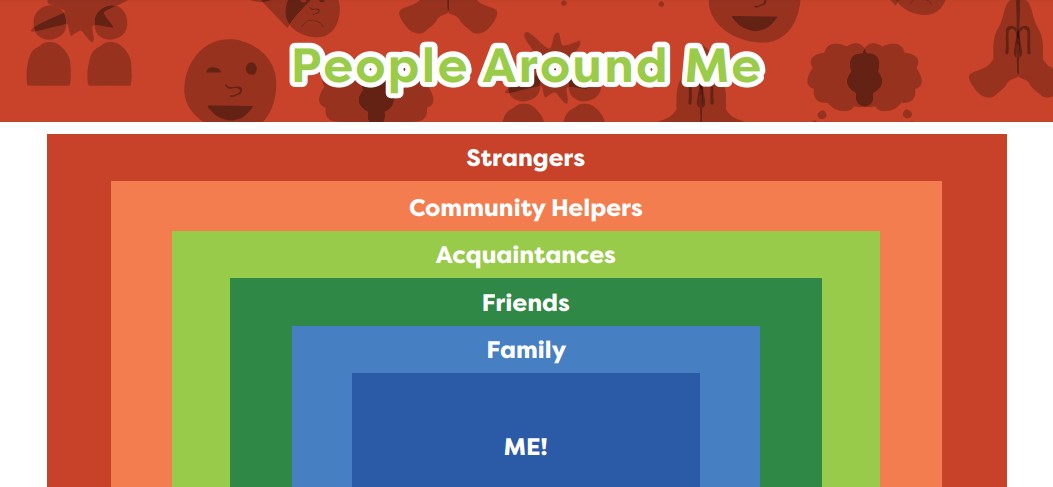October Newsletter | Safety Tools and Strategies

Safety Tools and Strategies in Special Ed
Lea este artículo en español aquí.
STAR, Links, and SOLER curricula all help students gain independence and generalize skills in their communities. As they navigate the world, though, students with autism are at a higher risk for unsafe behaviors and situations—so it’s important to teach safety skills early and often!
Safety Routines
Teach and practice a variety of safety routines that are especially helpful if a student becomes lost or is unexpectedly in an unsafe situation. Be sure to include routines for street crossings, calling emergency services, and have students practice answering questions like "What is your teacher's name?" and "What is your phone number?". This free "Using a Phone" sequence strip helps students to use a phone to call for help. Our free "Lost in the Community" social script prepares students for what it’s like to be lost and to know what to do to stay safe.
Devices and Wearables
Students who don’t yet have safety skills—or who need additional supports—can benefit from environmental and wearable safety devices, particularly if they are prone to elopement.
- Medical ID bracelets share essential health information with first responders and medical staff.
- Bright clothing, and even a tracking device, can help teachers and caregivers to locate a wandering student.
- Door alarms are easily installed and provide an extra layer of protection for students who wander.
Teaching skills can dramatically reduce the risk of elopement, especially in tricky transitions or unexpected activities such as a fire drill. Essential skills to teach include walking with an adult, coming when called, and waiting. Our "walk with me" video provides a great example of these skills in action.
Stranger Safety
Knowing the difference between safe and unsafe strangers can make all the difference in a student's safety and comfort. The SOLER curriculum teaches social skills and emotional regulation—including connecting with other people and identifying who is safe and unsafe to connect with. The SOLER People Around Me Chart, along with the Skill Worksheet and sorting game, teaches the difference between safe and unsafe in a nuanced way. These tools can help students to practice identifying who fits where on the safety spectrum. Click here for more information on SOLER (Social Learning and Emotional Regulation).


